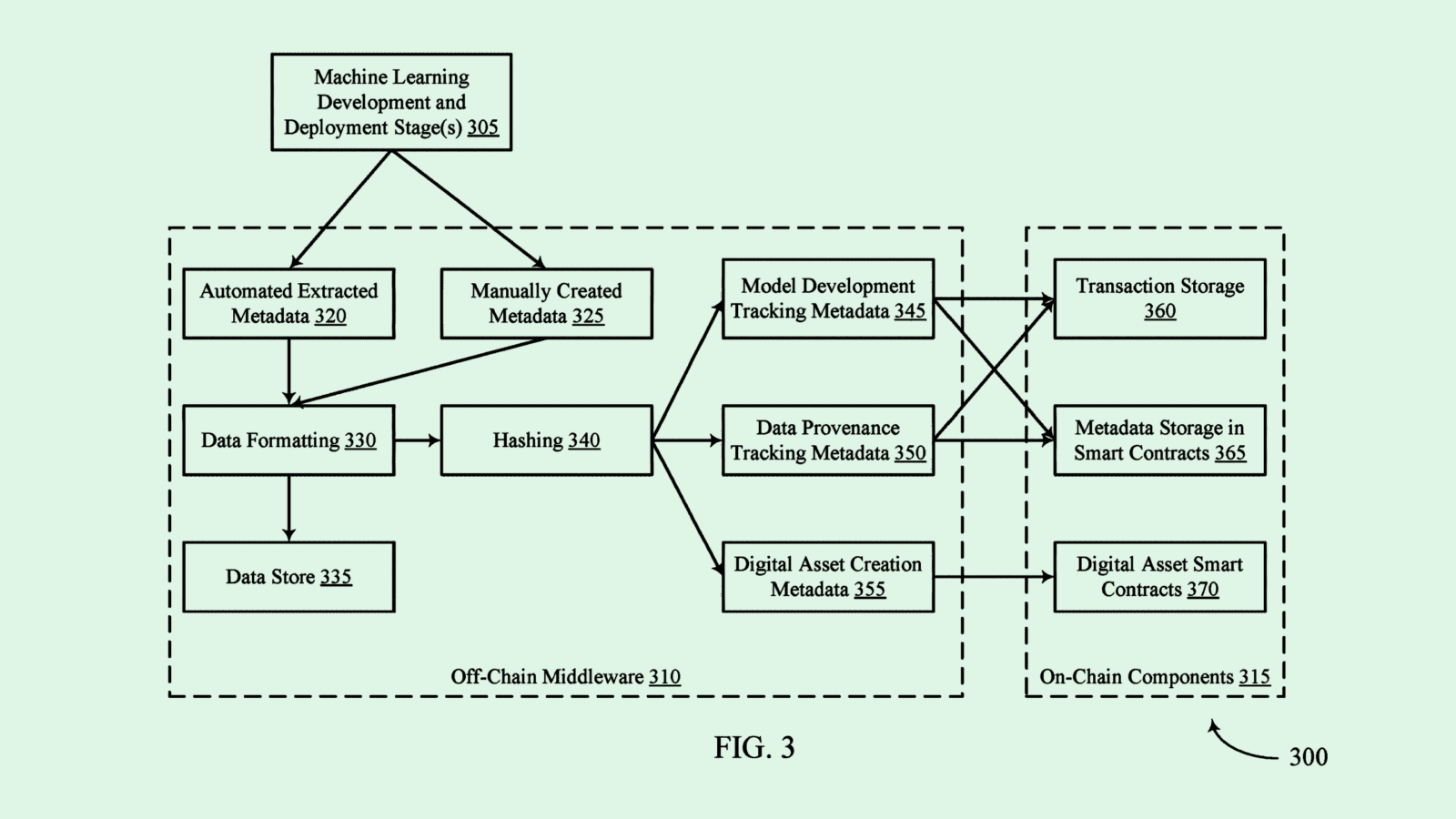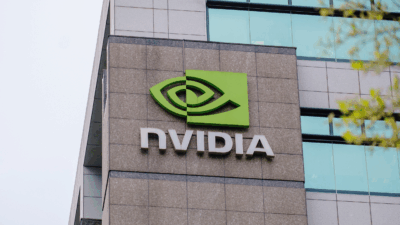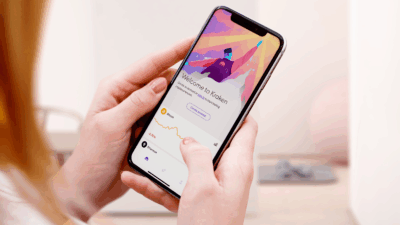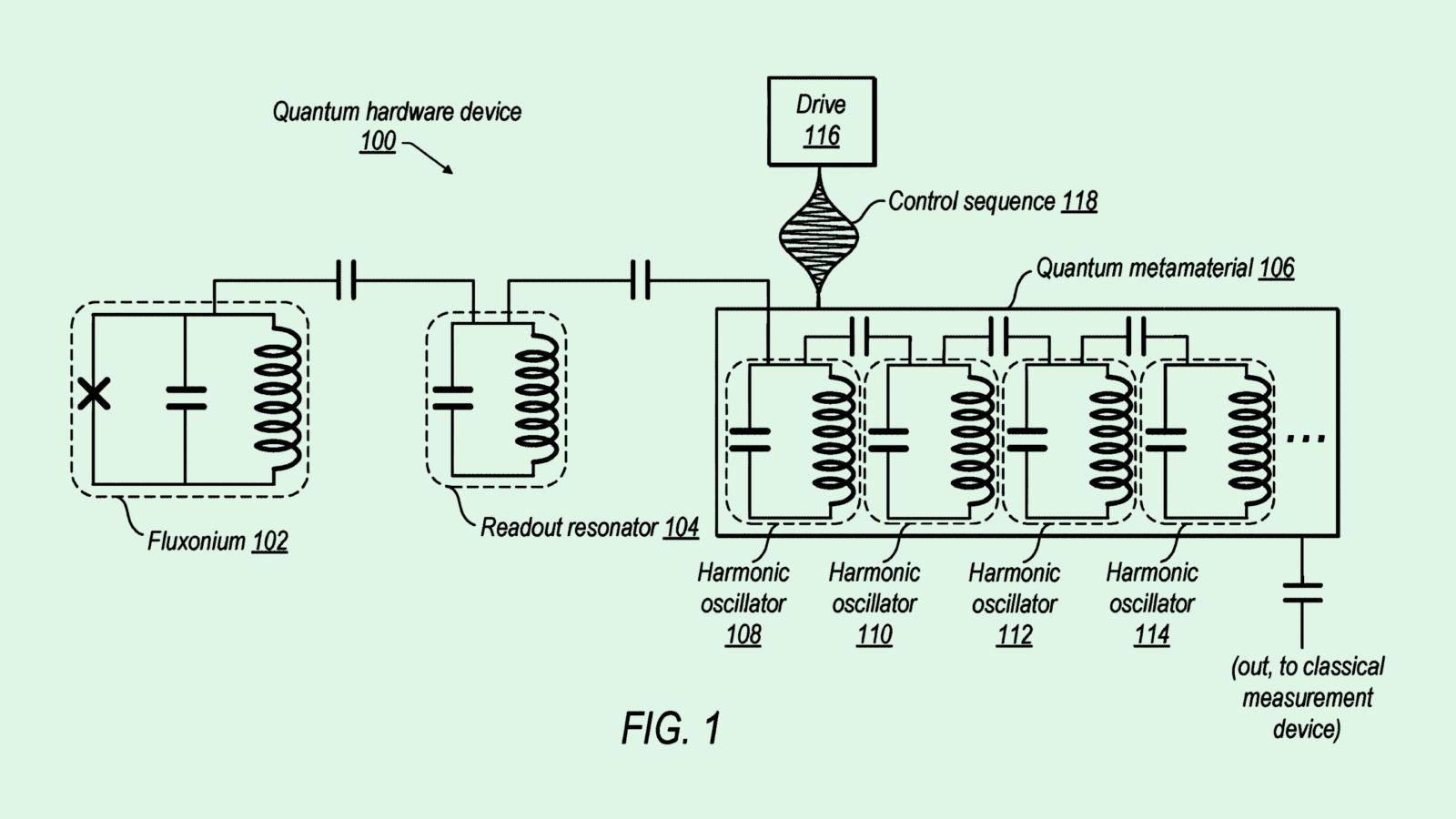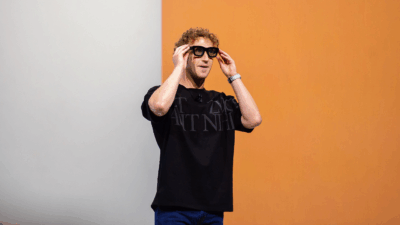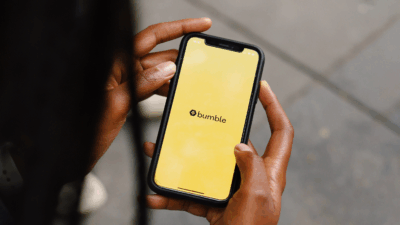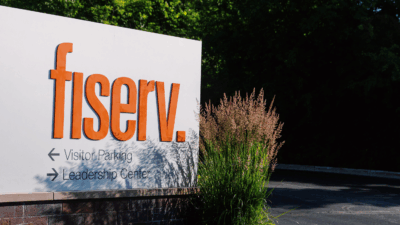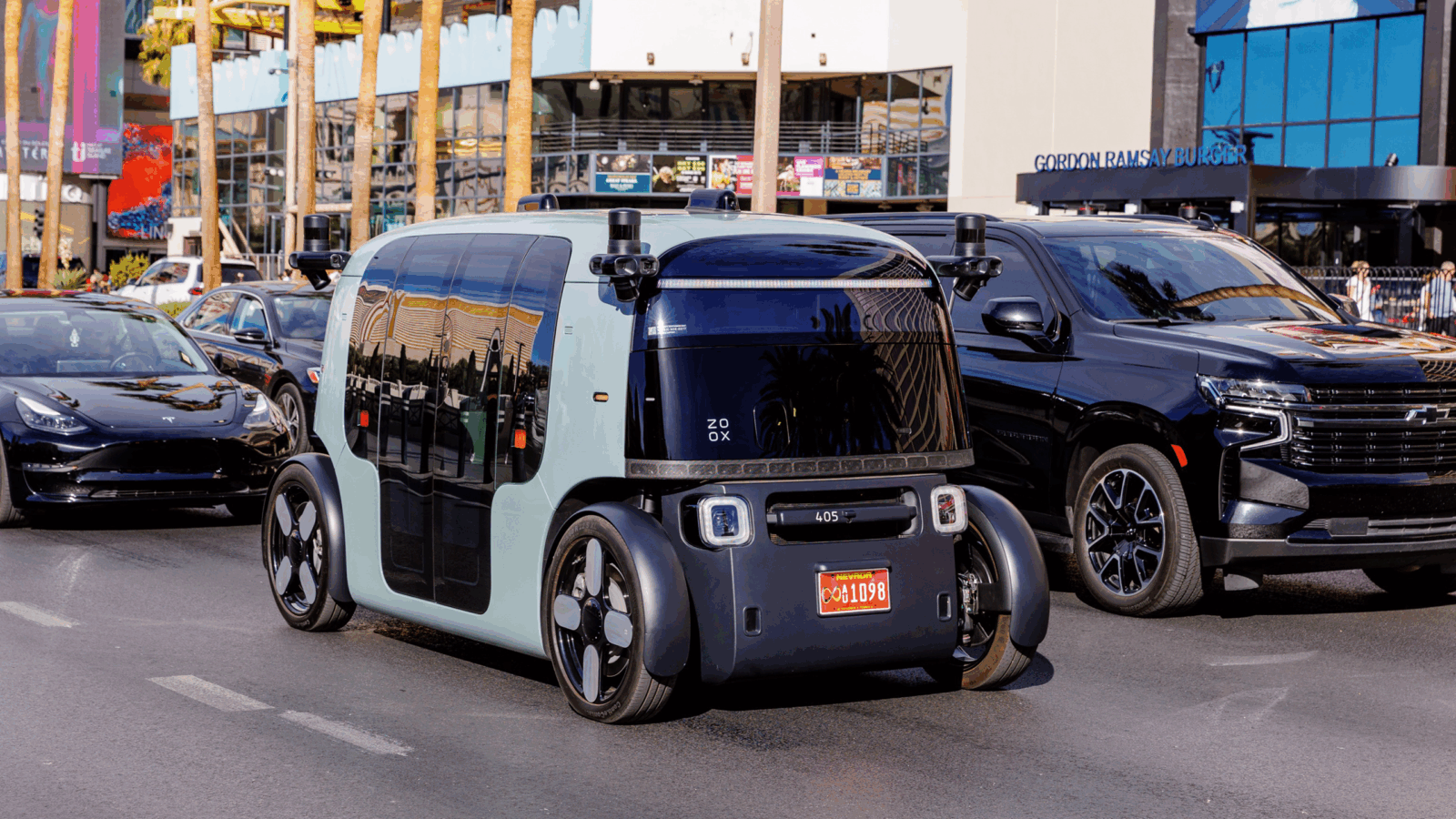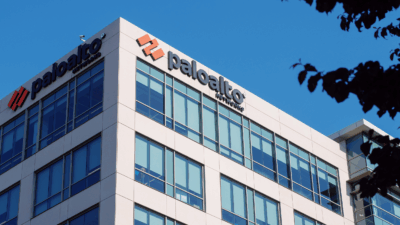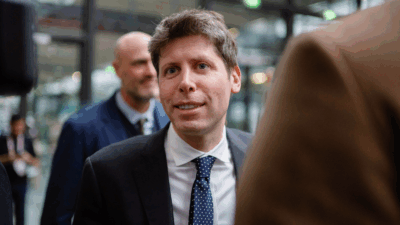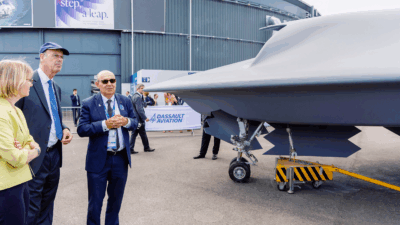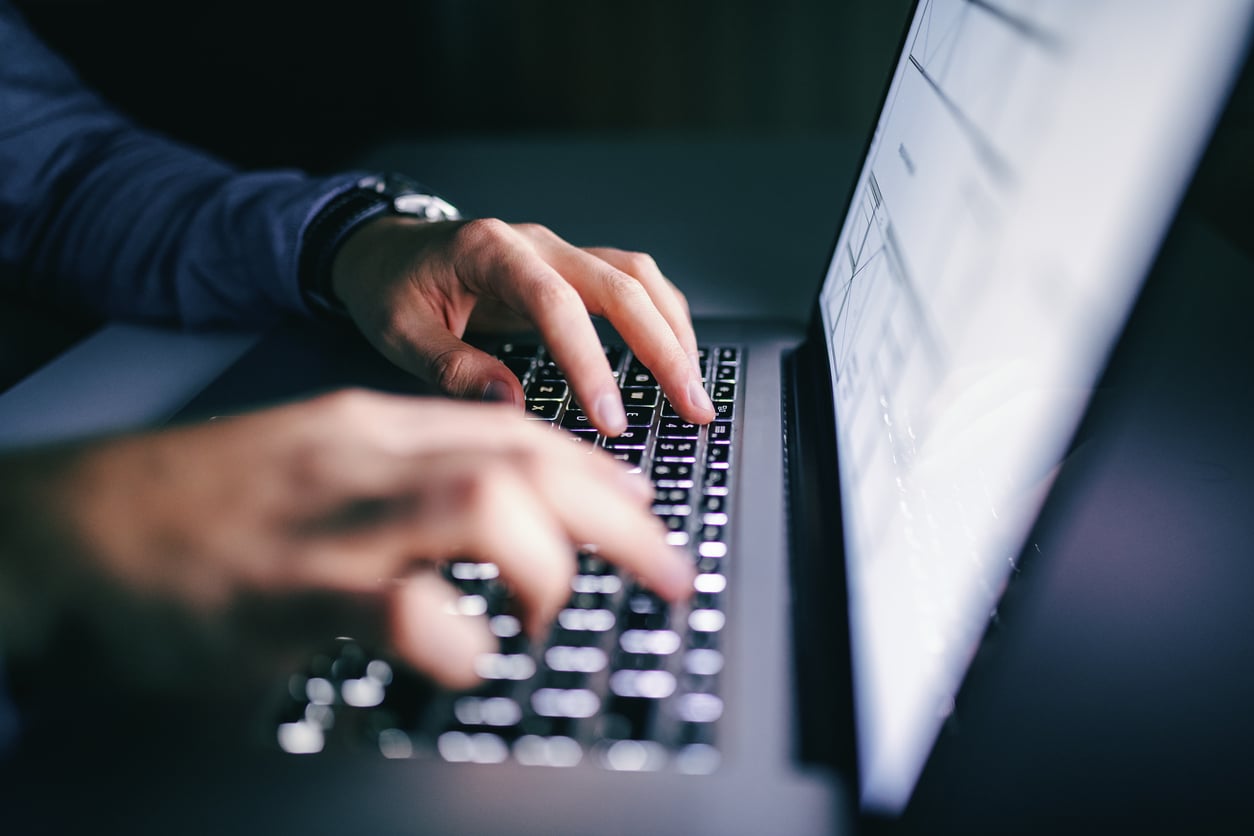
Sign up for smart news, insights, and analysis on the biggest financial stories of the day.
If taking over local art galleries was step one on the path to world domination, then robots just faced a major setback.
The US copyright office has rejected a bid to copyright artwork created by an algorithm, perhaps closing– at least, for now– an epistemological pandora’s box regarding authorship and ownership in a world increasingly cohabitated by artificial intelligence.
I, No-Bot
Created by AI inventor Stephen Thaler, an algorithm dubbed the Creativity Machine reprocesses existing images to create a new work of art and requires extremely minimal human input or intervention. When Thaler submitted one of the AI’s works, “A Recent Entrance to Paradise”, for a copyright, the USCO board specifically objected to his lack of involvement in the work.
It wasn’t the first time Thaler aimed to test the limits of copyright law, and, In its multi-age ruling last week, the USCO laid out why, exactly, he failed to overturn a century’s worth of human-centric copyright jurisprudence:
- Citing a previous case, the board affirmed copyright law only protects “the fruits of intellectual labor” that “are founded in the creative powers of the [human] mind.”
- Thaler has tried to see another AI he created, called DABUS, recognized as an inventor on two patent applications; the US, UK, and EU offices have rejected him, but an Australian judge ruled in his favor.
Monkey Business: Robots aren’t the only non-humans shut out by US copyright law. In a 2018 case cited in the USCO’s rejection, photos captured by monkeys using a camera were denied copyright status. That may be good for humans, but this is starting to read like the early scenes of a Terminator X Planet of the Apes crossover.
